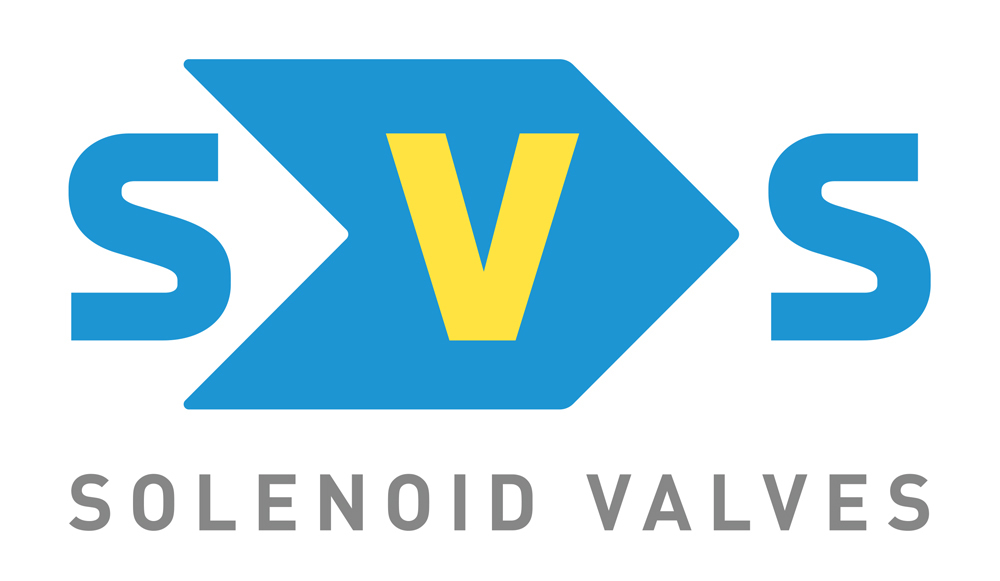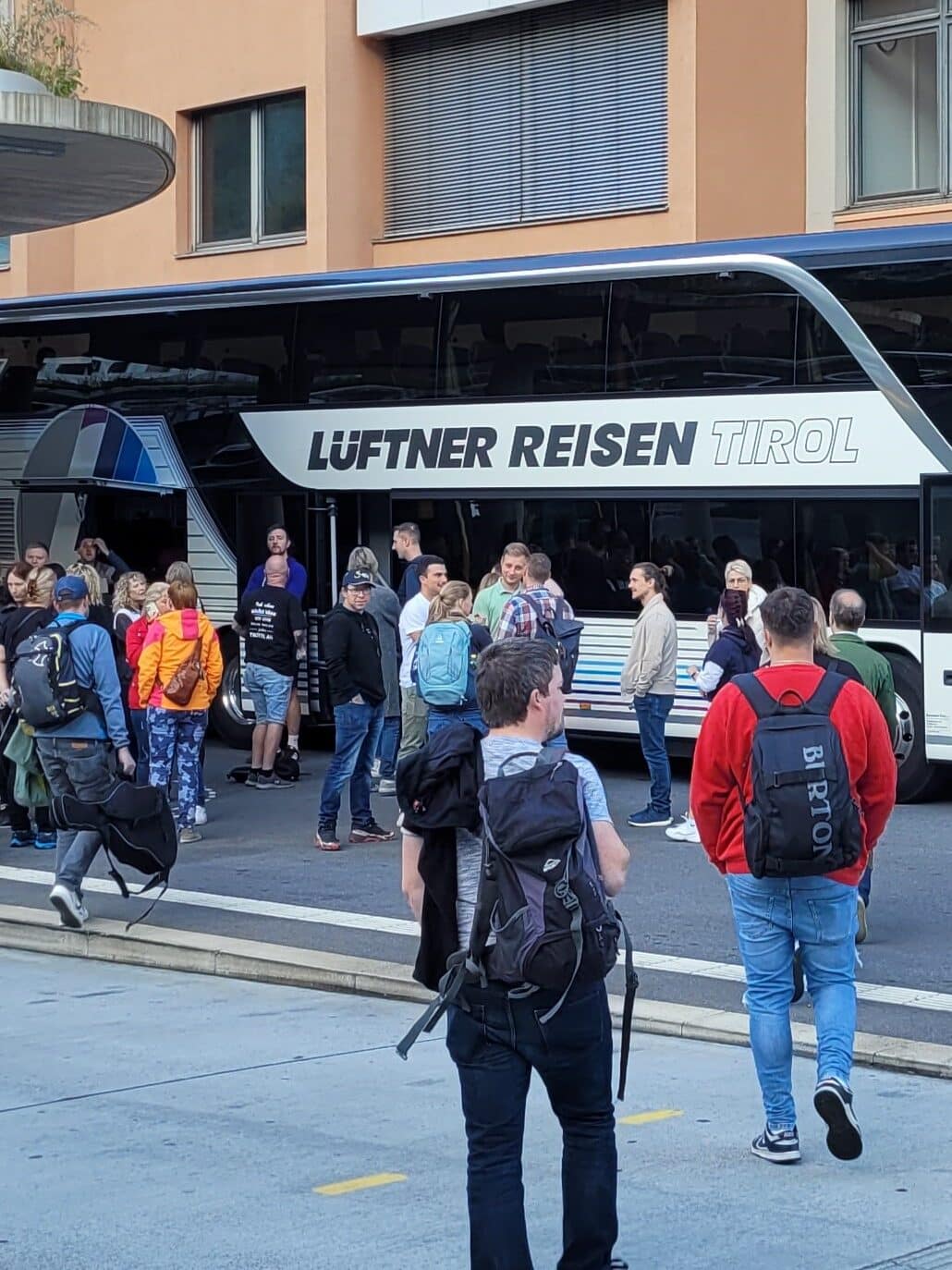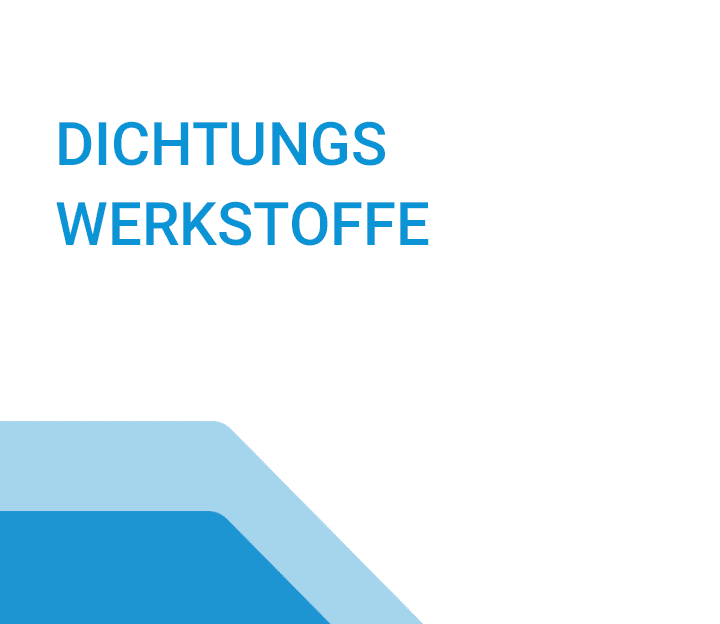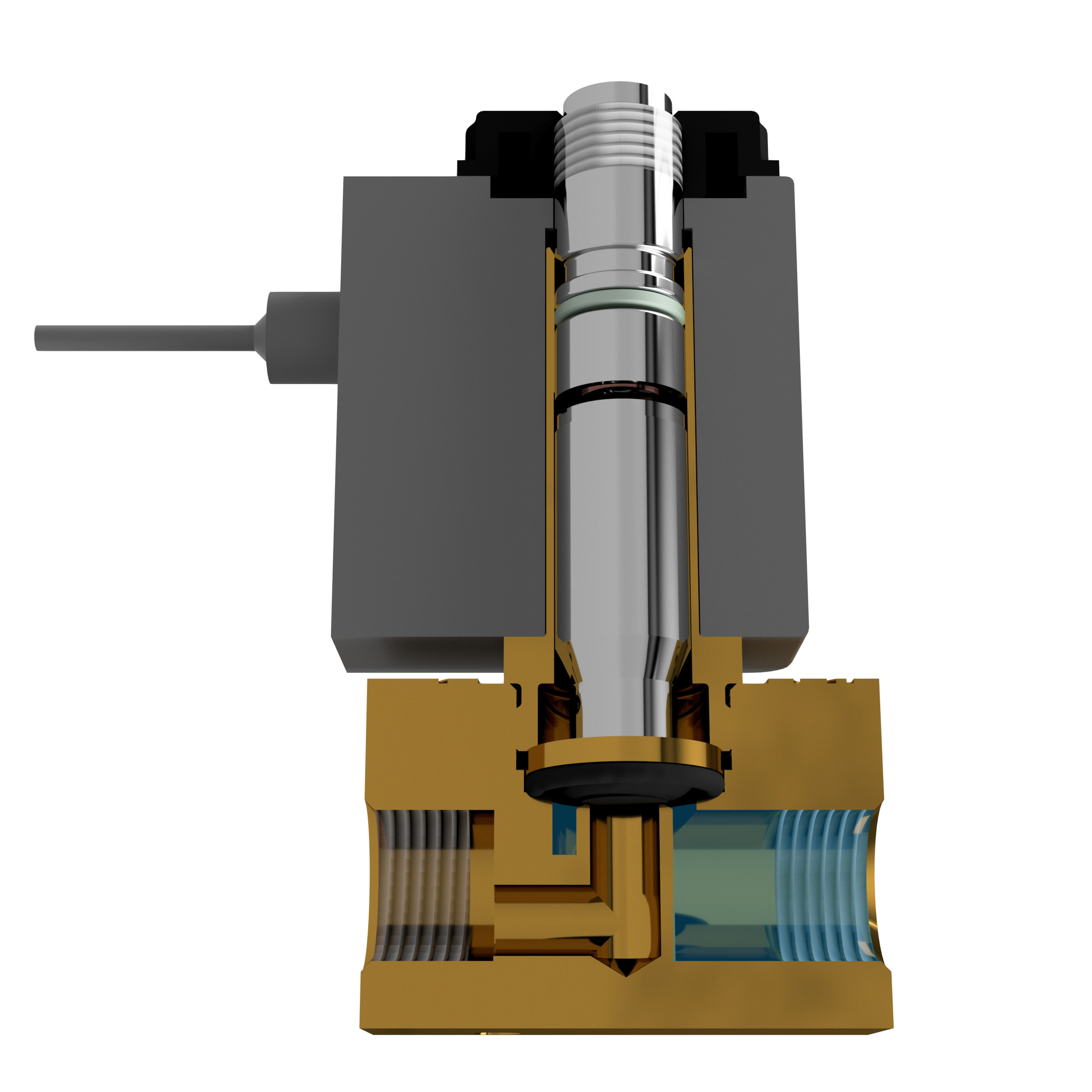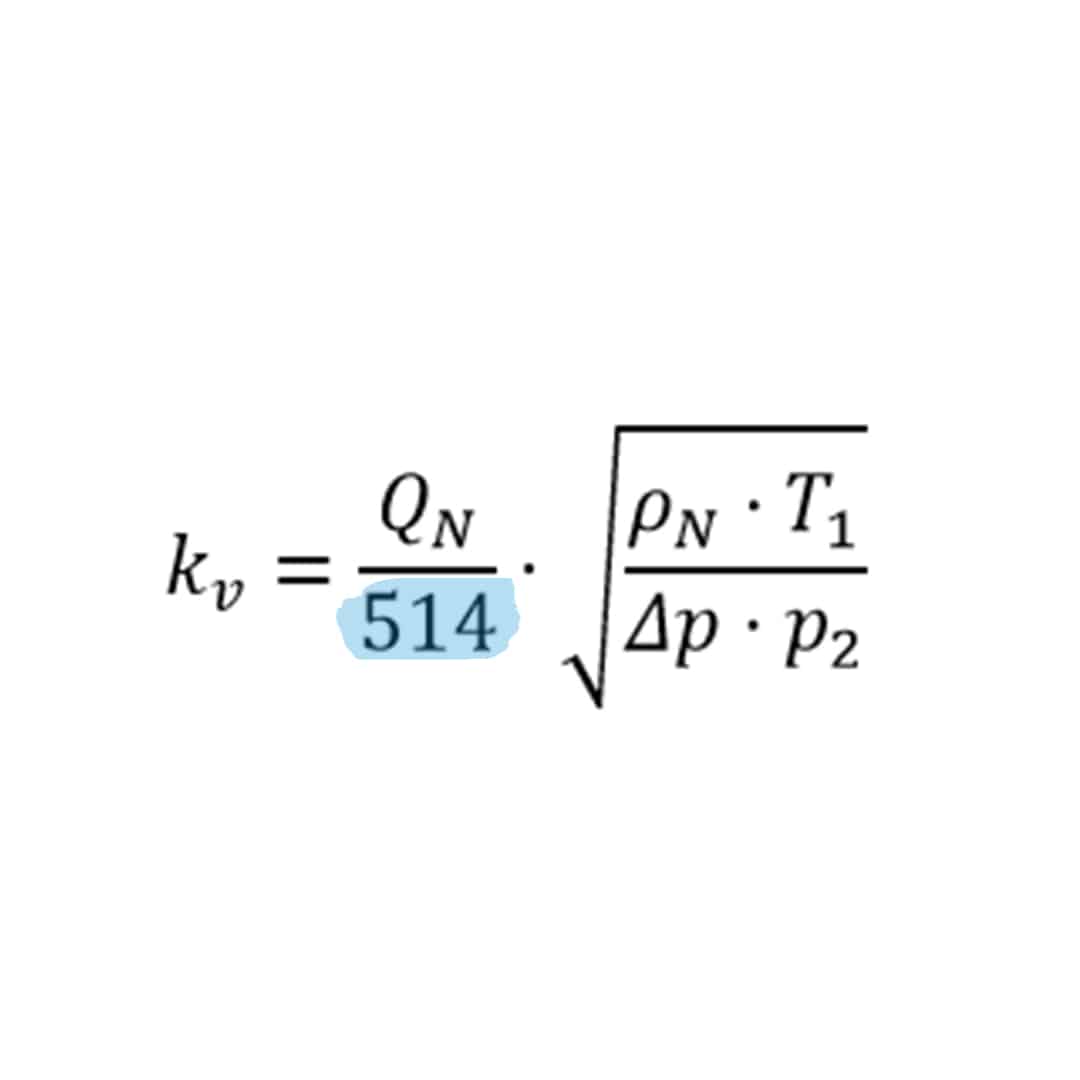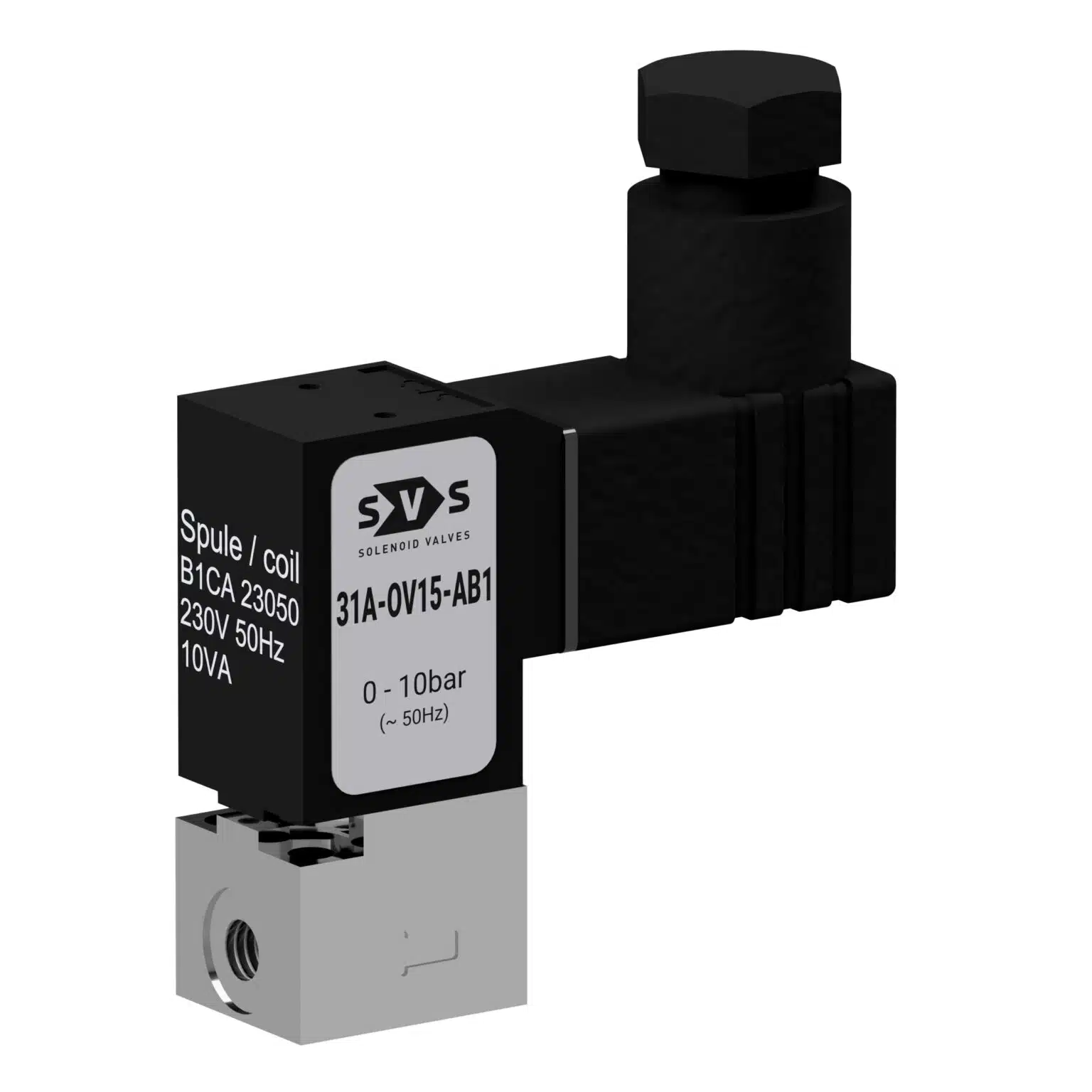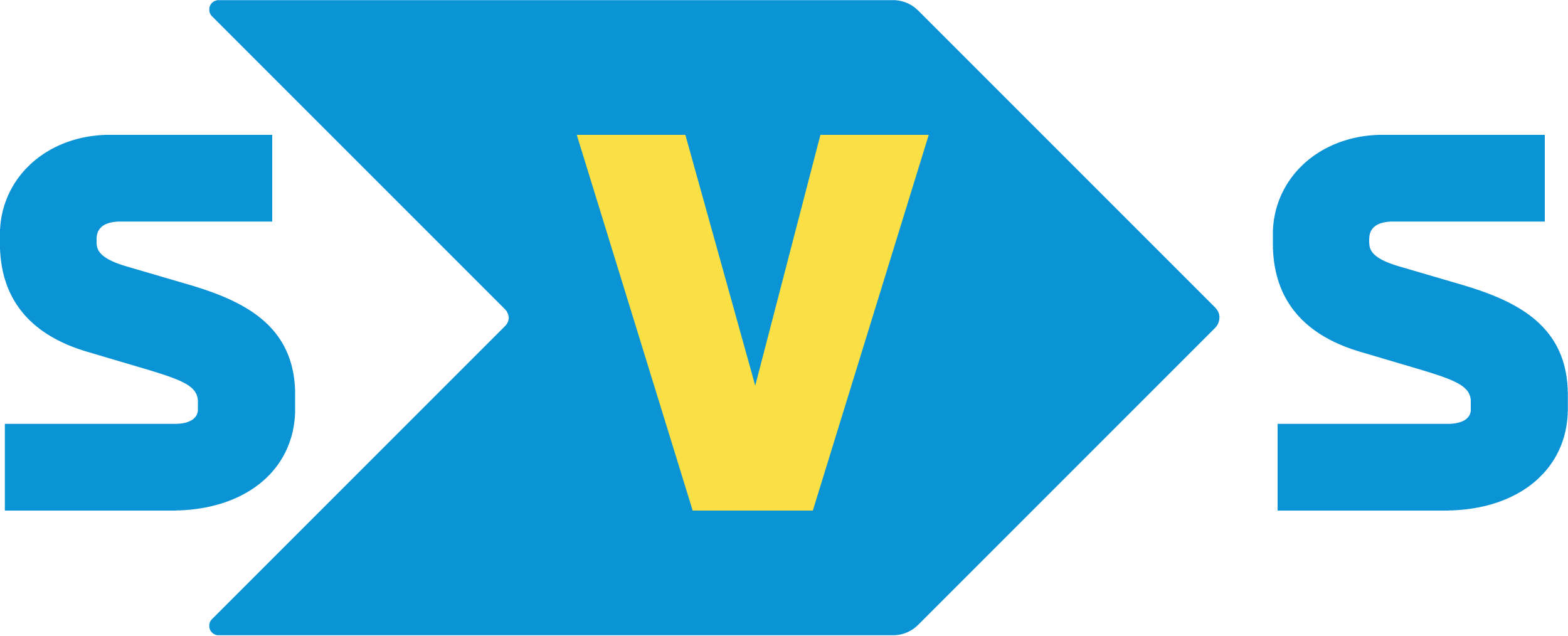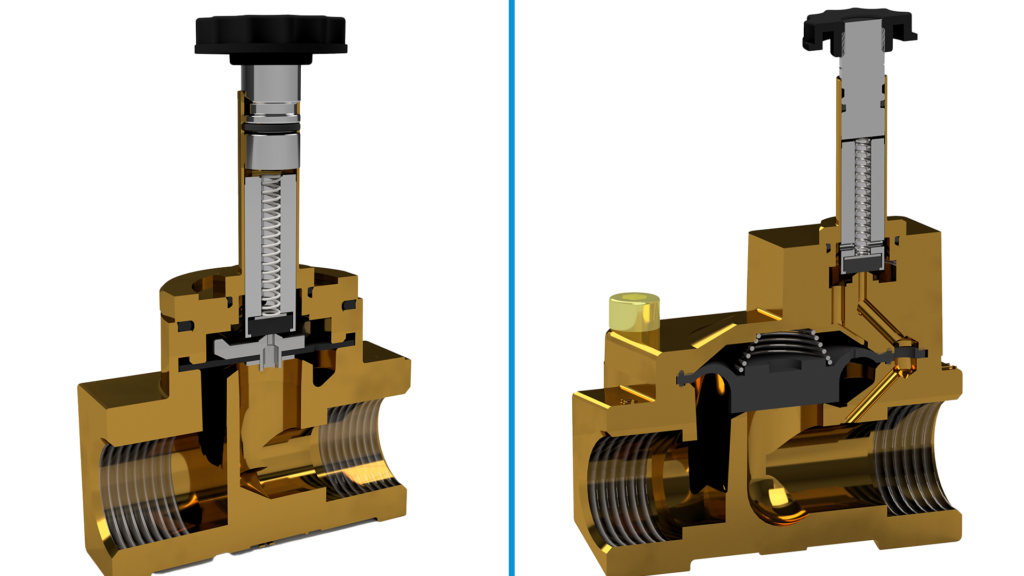
A pilot operated diaphragm solenoid valve uses the pressure difference between the inlet and outlet pressure at the valve to lift a diaphragm from the main seat of the valve. The pilot control, a small, directly controlled solenoid valve, can be realized as a NO or NC function and thus also determines the function of the entire valve. The task of the pilot control is to relieve the pressure on the diaphragm in order to open it with the help of the differential pressure.
A pilot operated diaphragm solenoid valve uses the pressure difference between the inlet and outlet pressure at the valve to lift a diaphragm from the main seat of the valve. The pilot control, a small, directly controlled solenoid valve, can be realized as a NO or NC function and thus also determines the function of the entire valve. The task of the pilot control is to relieve the pressure on the diaphragm in order to open it with the help of the differential pressure.
In the type 51 valve, the pilot valve is offset and only connected to the space above the diaphragm via a channel. The outlet of the pilot valve leads to the outlet of the valve. This type of pilot operated valve usually consists of 2 parts, a body and a cover, and is therefore somewhat less compact than the previous method. However, since in this case the plunger of the pilot valve does not have to make the same stroke as the main diaphragm, low power coils can usually be used. This method is also used for small (G1/4) to very large valves (G3).
